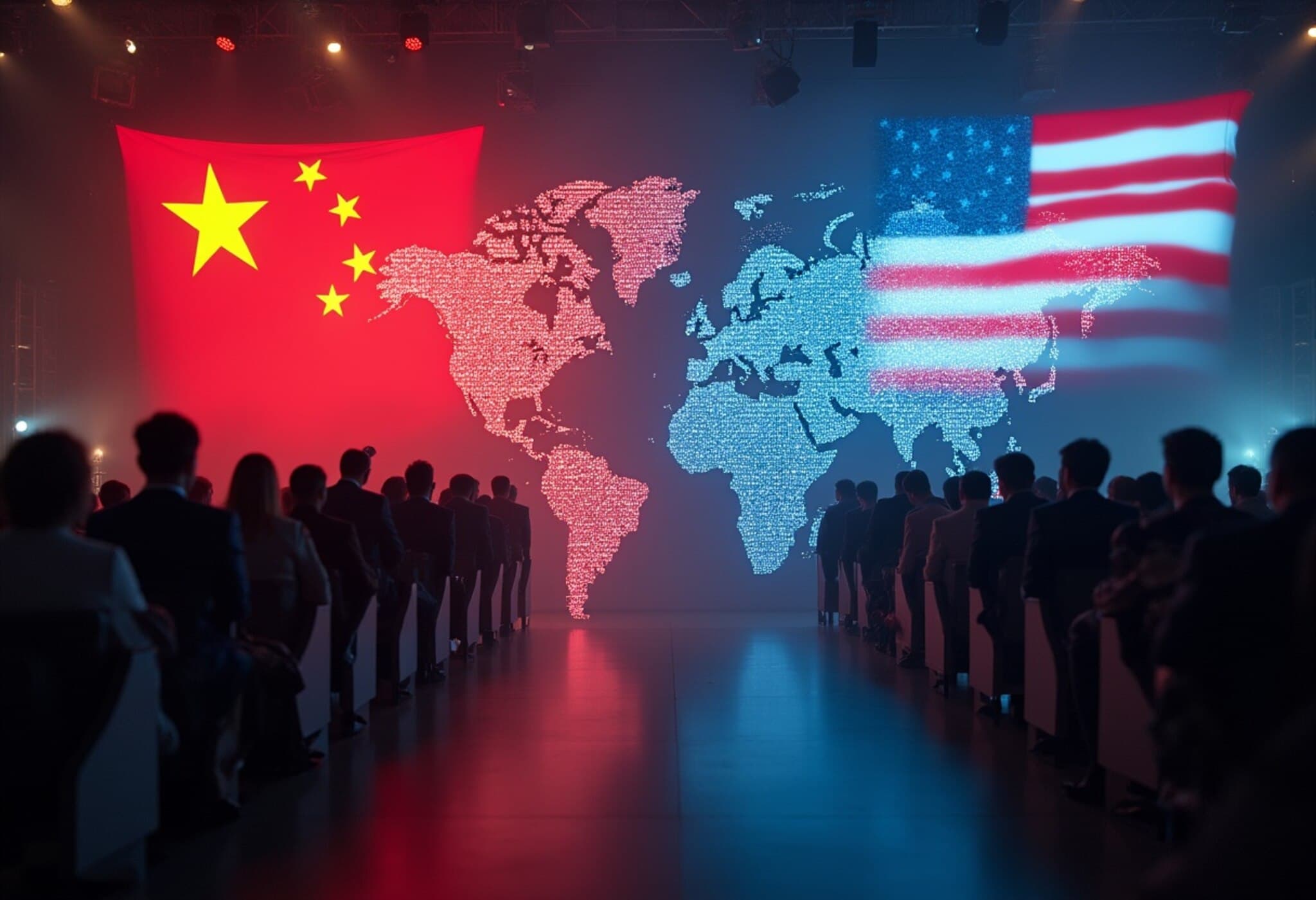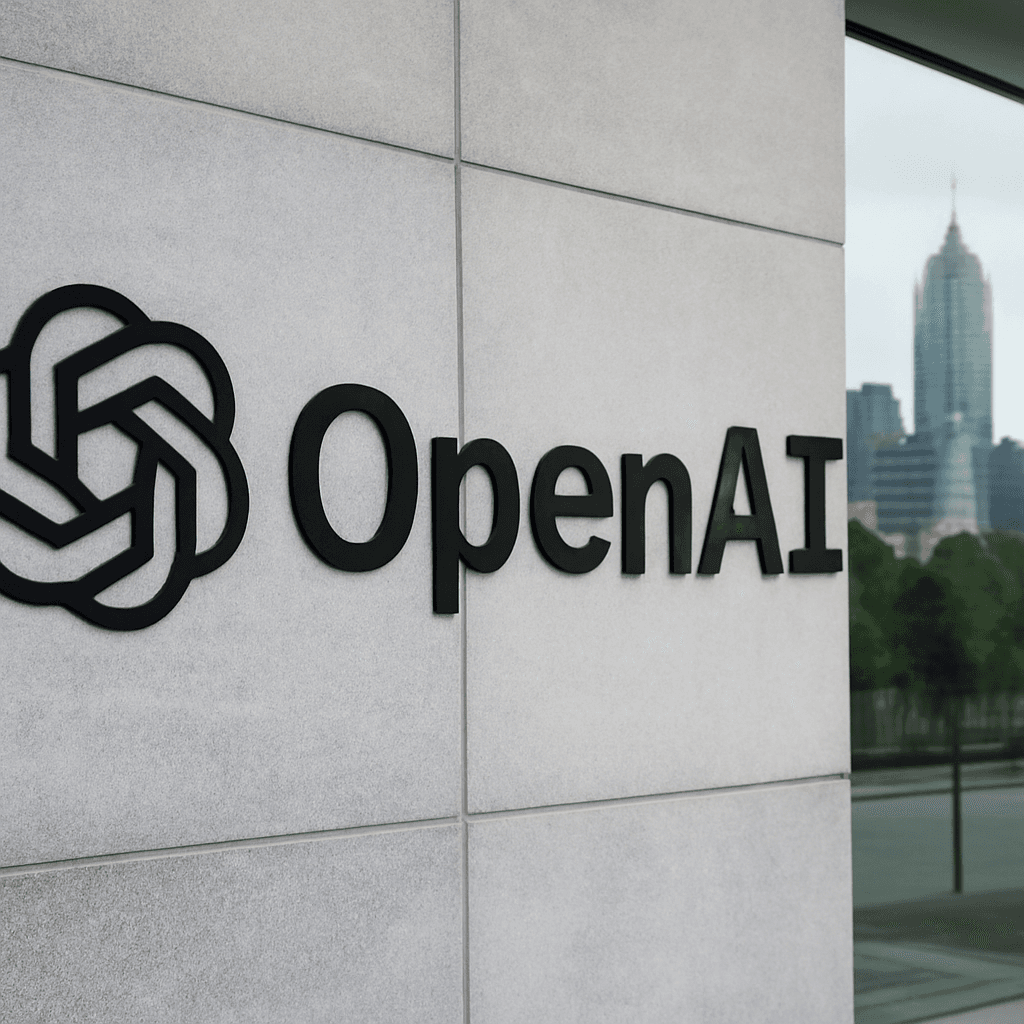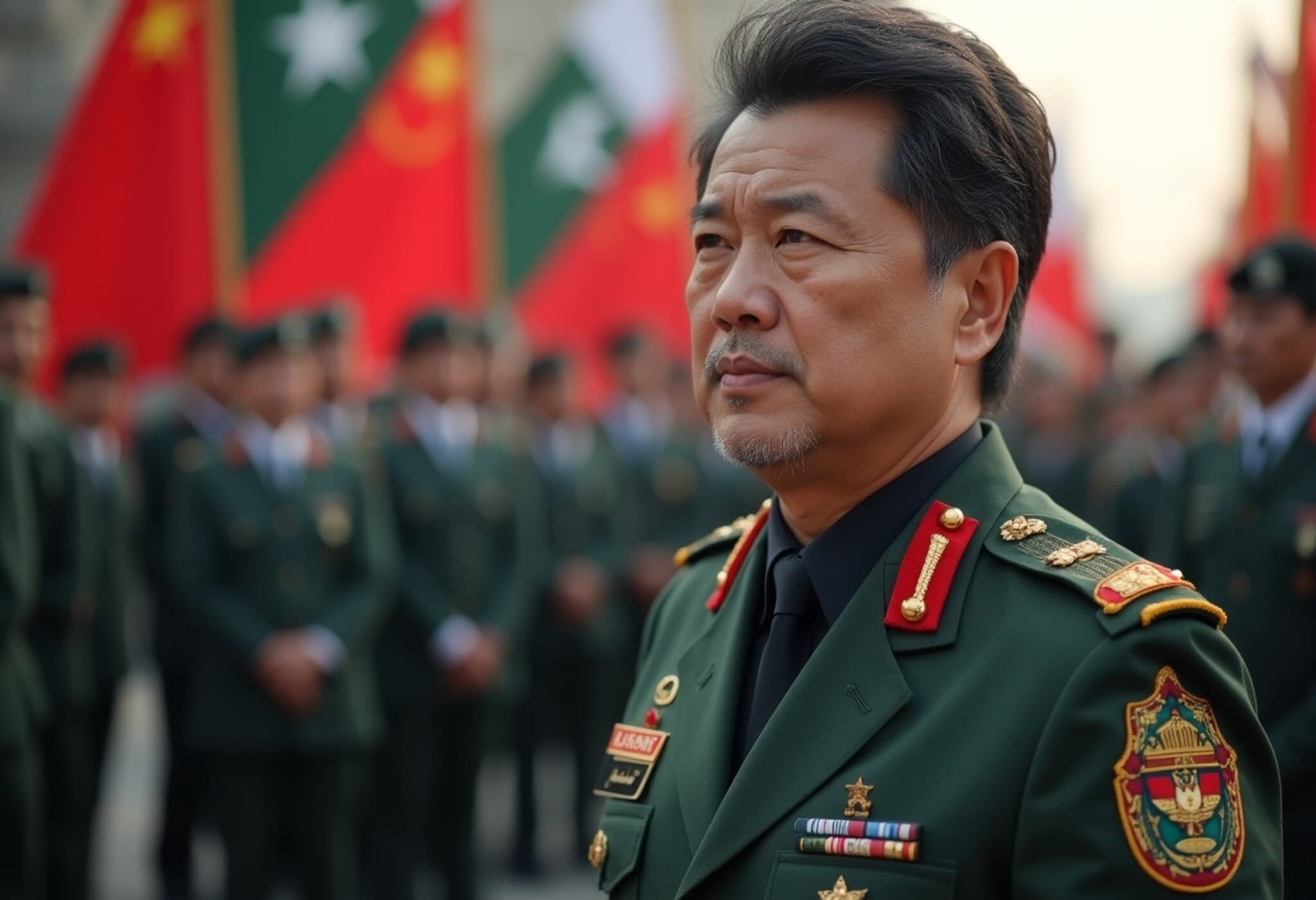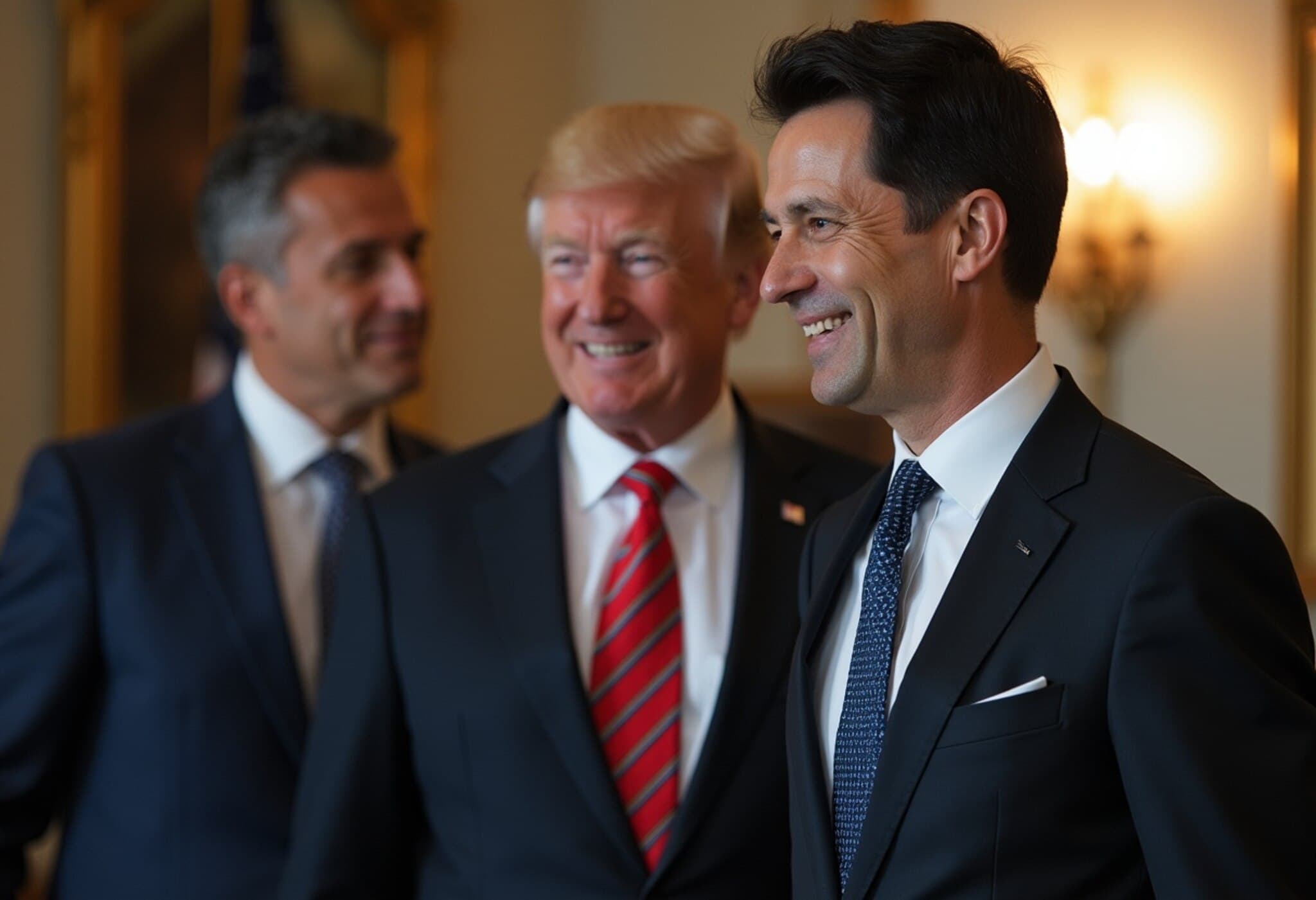Chinese AI Entrepreneurs Making Waves Worldwide
In today's fast-evolving AI landscape, Chinese developers are emerging as powerful architects behind some of the most innovative tools targeting users around the globe. A shining example is Lovart, a San Francisco-based AI design startup co-founded by Melvin Chen, who recently transitioned from leading operations for popular Chinese app CapCut in China.
Having officially launched on July 23, 2025, Lovart has already captivated international attention by garnering "800,000 users across 70 countries" during its trial phase. Chen shared that the company’s immediate focus will be on North American markets, where demand for AI-driven creative tools continues to surge.
Lovart’s Unique Offerings and Cross-Border Strategy
Lovart leverages cutting-edge AI models—primarily Anthropic's Claude 4 and OpenAI’s technologies—to generate tailored logos, stickers, and branding visuals from simple text prompts. The latest platform update introduces "ChatCanvas," a feature allowing users to make precise visual edits seamlessly, mimicking how one might communicate design adjustments face-to-face.
Despite its Chinese roots, Chen confirmed that Lovart will not launch in China anytime soon due to regulatory restrictions and lack of access to these AI models domestically. Instead, much of Lovart's production team remains in China, benefiting from the country's deep talent pool, while its core operations and localization efforts are centered in San Francisco.
The Broader AI Ecosystem: China’s Strength in Application Development
While the U.S. has spearheaded foundational AI models, especially with breakthroughs like OpenAI’s ChatGPT, experts note that China’s competitive edge traditionally lies in application-based innovation. This aligns with its history of rapidly scaling internet-based services such as food delivery and short-video apps, which resonate with vast local populations yet have also expanded internationally.
- Companies like Kuaishou and Shengshu have built AI video generators gaining global traction.
- Startups like Manus focus on AI agents capable of completing complex multi-step tasks autonomously.
- Chinese AI models are frequently open-source, fostering accessibility and rapid iteration.
Charlie Dai, VP and principal analyst at Forrester, highlights that Chinese teams thrive due to a combination of highly skilled talent, nimble development cultures, and policy incentives aimed at AI commercialization. He asserts that these factors allow Chinese firms to compete fiercely on cost-efficiency and adaptability, challenging the traditional U.S. dominance.
Open-Source Models and Global Reach
Platforms like Hugging Face demonstrate that Chinese AI models often rank among the most popular open-source options worldwide:
- DeepSeek, launched recently, secured the top spot for general AI models.
- Alibaba’s Qwen3 excels as a coding-specialized AI.
- Tencent’s Hunyuan dominates image-to-3D AI technology.
Chen remarks that Lovart prioritizes 2D image and video generation, positioning AI as "the new camera" to capture and amplify human creativity. To build engagement, the company plans community events across New York, Tokyo, and Europe, connecting designers with AI-powered tools.
AI Market Dynamics and Evolving Leadership
Data from Sensor Tower reveals ChatGPT leads western markets with 70 million monthly U.S. users and 144.6 million in Europe as of July 2025. While Google’s Gemini lags behind, Microsoft Copilot ranks third in the U.S., with China’s DeepSeek securing third place in Europe—signaling growing global acceptance for Chinese AI applications.
At a recent Beijing visit, Nvidia CEO Jensen Huang emphasized a shift in AI development priorities. He noted that the future won’t hinge solely on which AI model is smartest but rather on which is most adaptable and democratized for local uses across diverse regions.
Implications for U.S.-China Tech Relations and Innovation
The unfolding narrative of Chinese-led AI startups like Lovart accentuates the complex interplay between geopolitics, technology, and global markets. With U.S. export restrictions on advanced semiconductors curbing hardware access for China, Beijing is doubling down on fostering software innovation and open-source ecosystems that transcend borders.
This phenomenon raises compelling questions about the future of AI competition and collaboration:
- Will Chinese application-driven AI continue to erode traditional American technological advantages?
- How will differing regulatory regimes shape the international availability and evolution of AI tools?
- Can startups like Lovart bridge cultural and technical divides to truly globalize AI creativity?
Editor’s Note
Chinese AI developers are increasingly influencing global tech innovation by combining deep technical expertise with an agile approach to product design. Lovart’s journey epitomizes the growing trend of AI applications crafted beyond national boundaries, balancing regulatory constraints with user-centric creativity. As AI becomes ubiquitous, the race will revolve less around raw computational power and more on adaptability, inclusivity, and cultural resonance—shaping a landscape where talent and innovation cross oceans faster than ever before.











